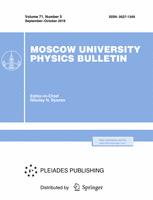The results of experimental measurements of thermal neutrons in 1986–1997 in Pamir, which is one of the most seismoactive regions of the world, are studied. In this period, visible peaks in the thermal neutron flux near the Earth’s surface were found, especially in the periods near the upper and lower transits of the moon during a new moon or full moon, when the tidal gravitational wave reaches its maximum value. Additionally, about 500 earthquakes with ${m>4}$ occurred in the same period of the operation of neutron counters. The time of seismic-wave travel across the given territory was known at a precision of less than 1 min (in some cases). Nevertheless, increases in neutron flux have never been observed during the travel of a seismic wave. Why is this? It appears that the mechanical effect on the Earth’s crust has the same impact with no respect to the cause of this effect; however, this was observed during experiments. This paper studies the reasons for this lack and the probable conditions that are favorable for an increase in terrestrial thermal neutron flux when a seismic wave travels across a territory.
$^1$Institute of Nuclear Physics, Moscow State University, Moscow, 119899, Russia
$^2$Institute of Marine Geology and Geophysics, Far East Branch, Russian Academy of Sciences, ul. Nauki 1b, Yuzhno-Sakhalinsk, 693022, Russia



